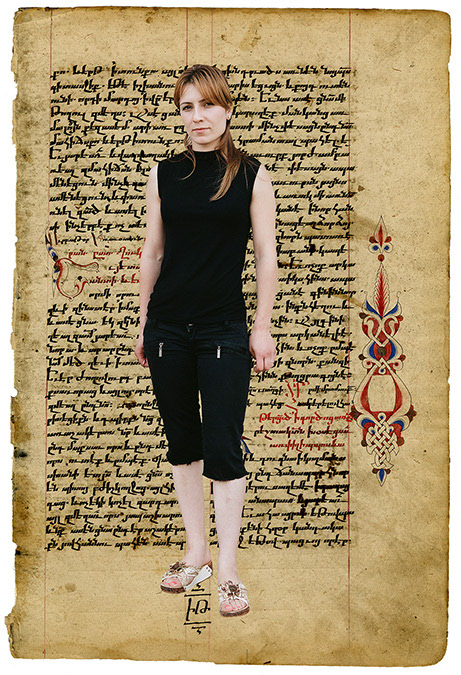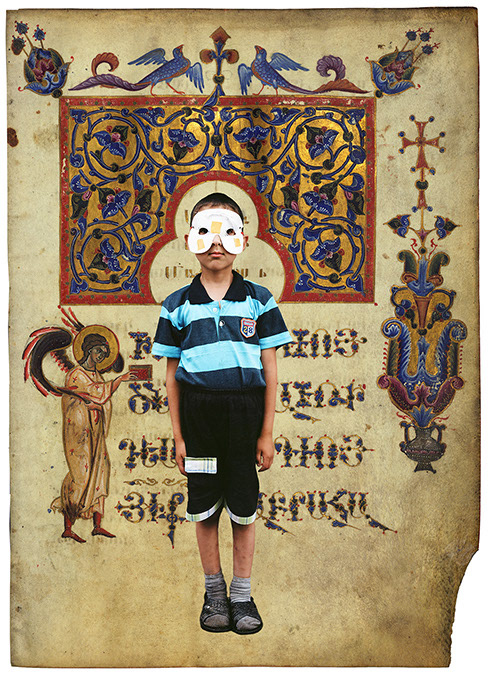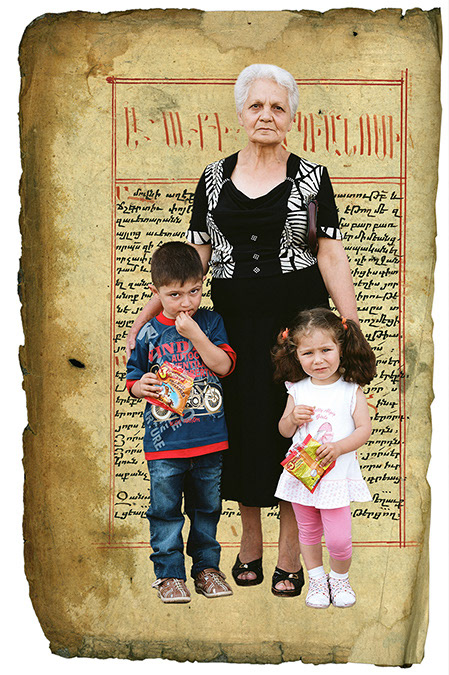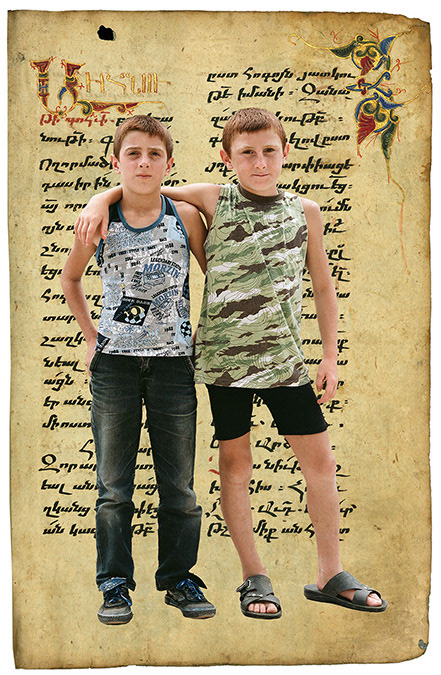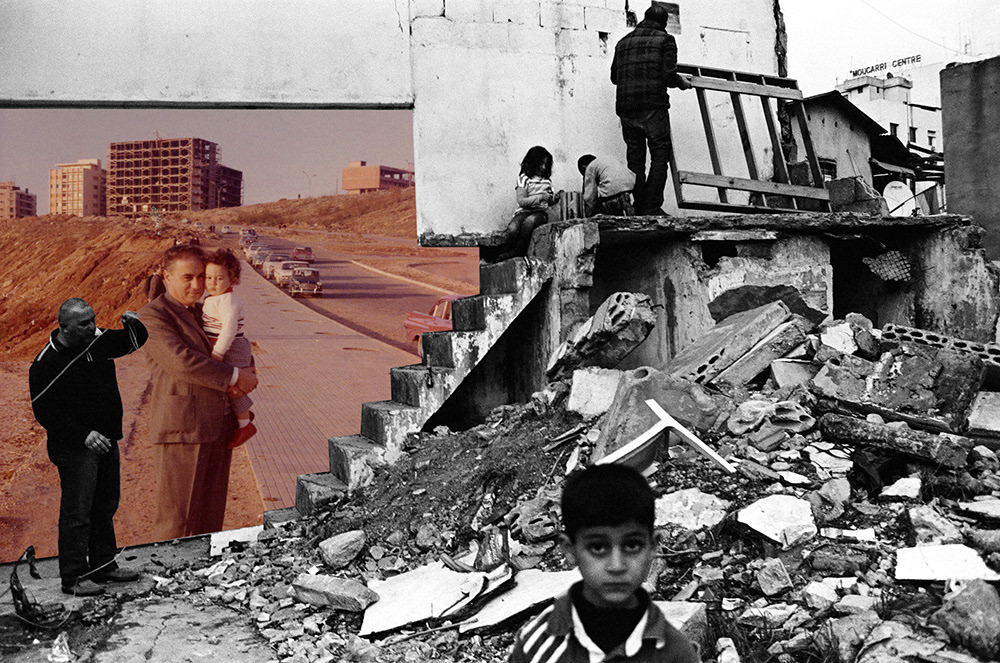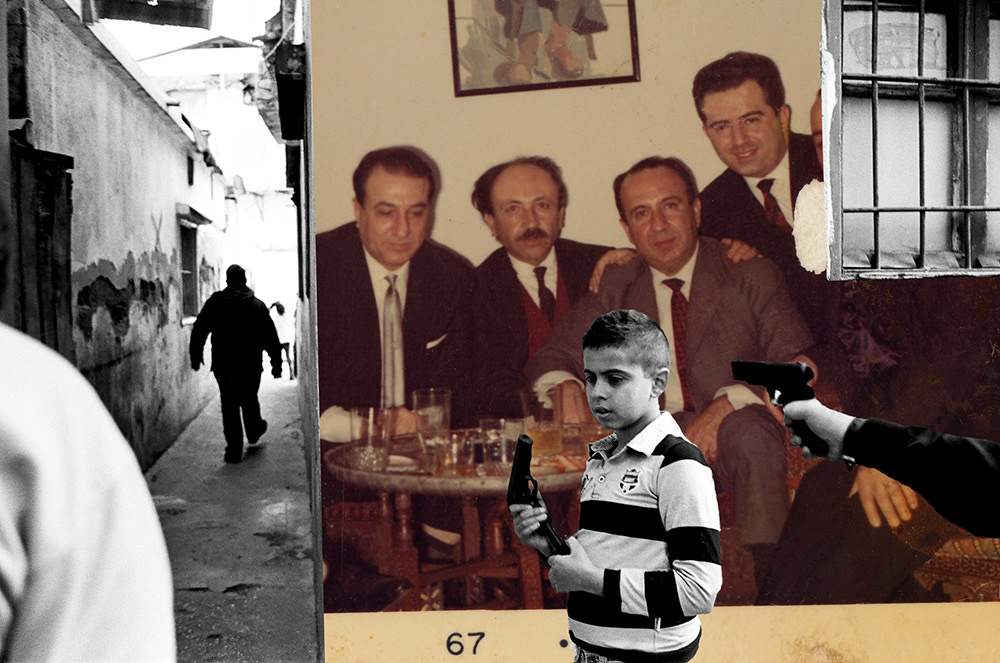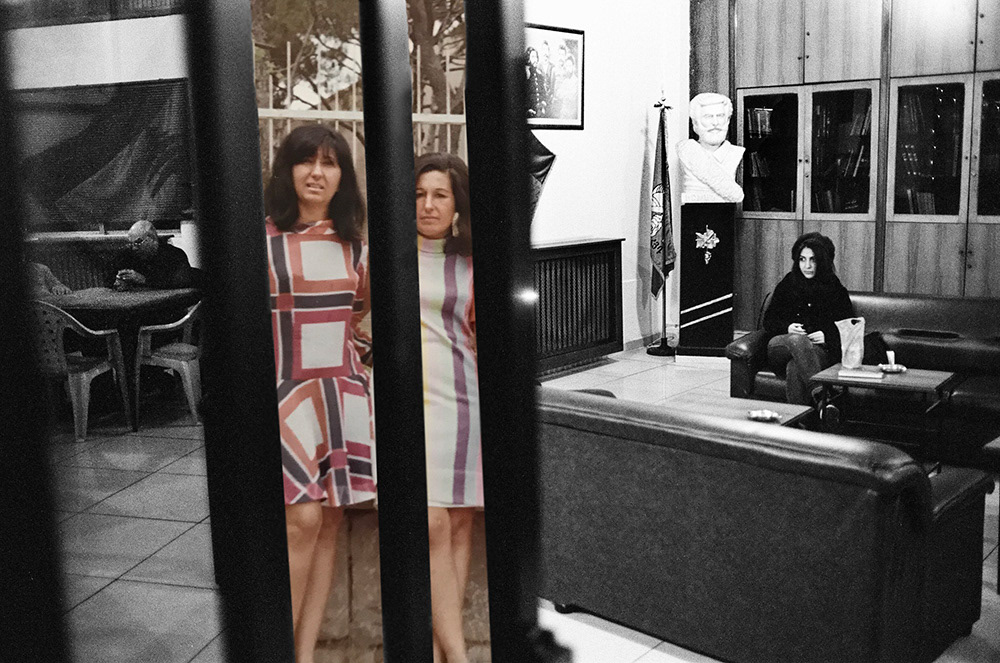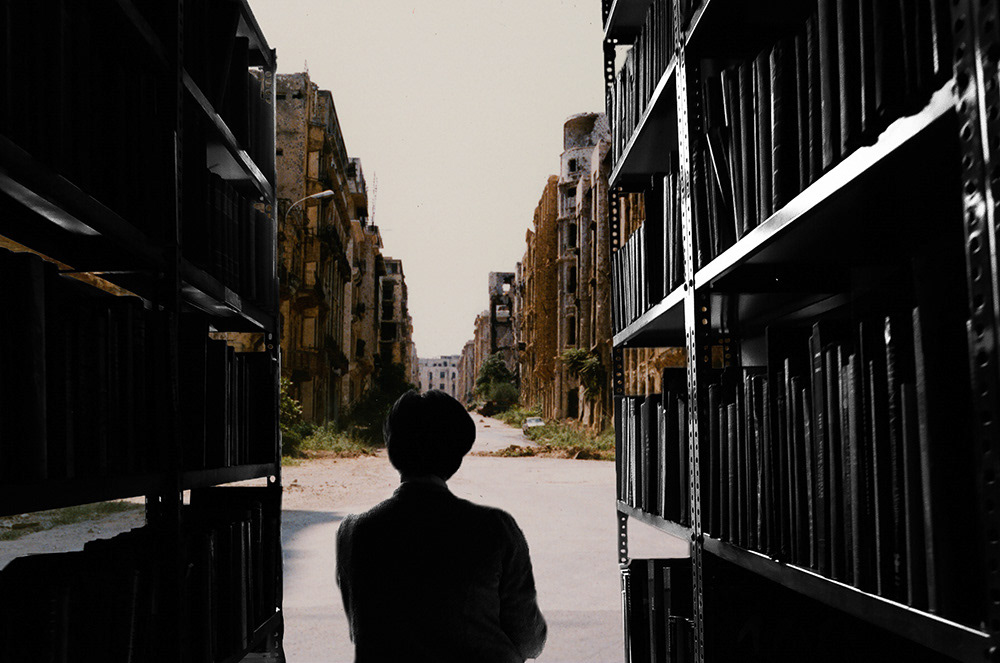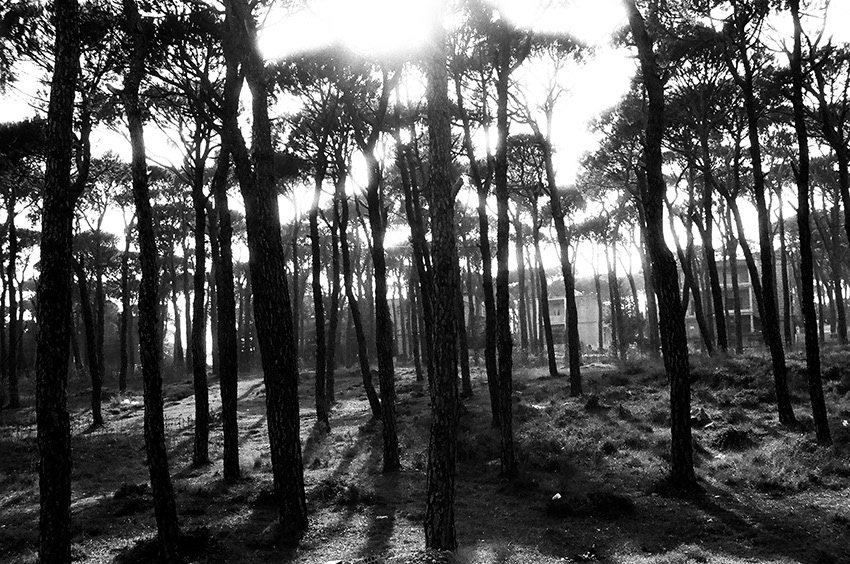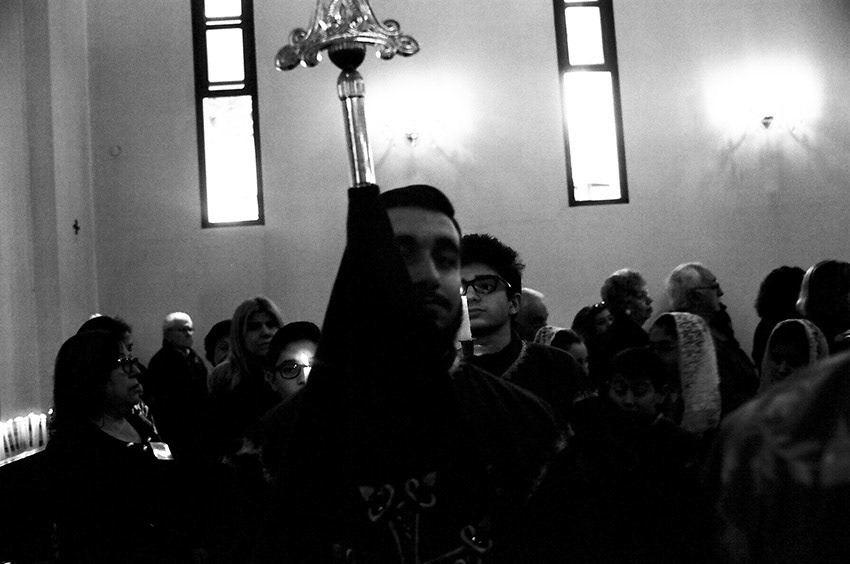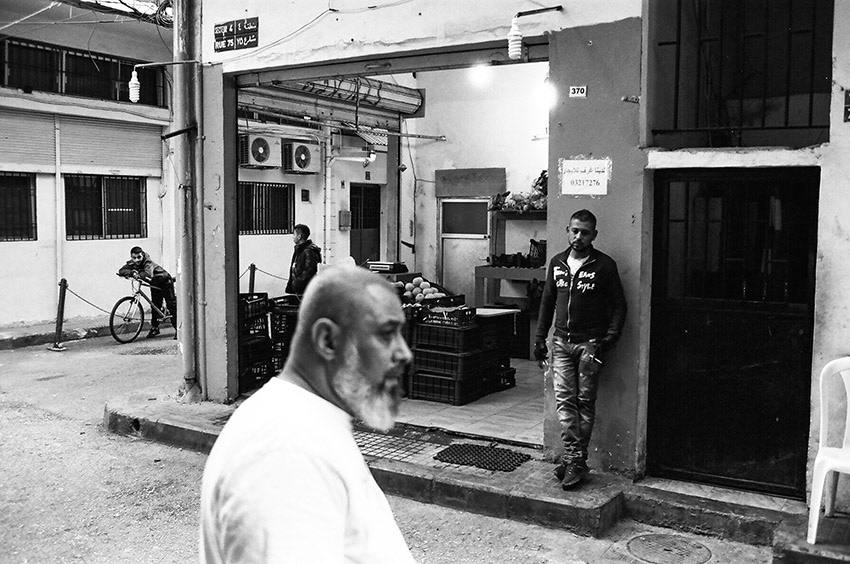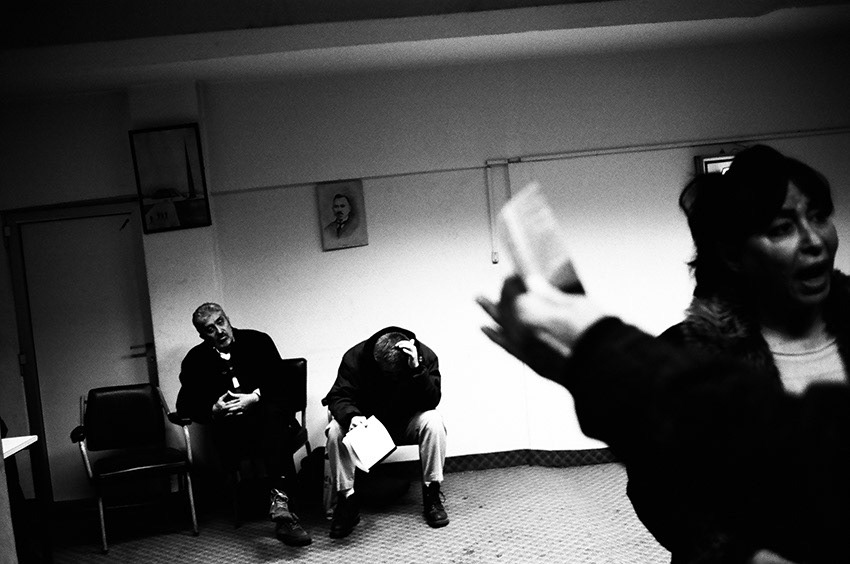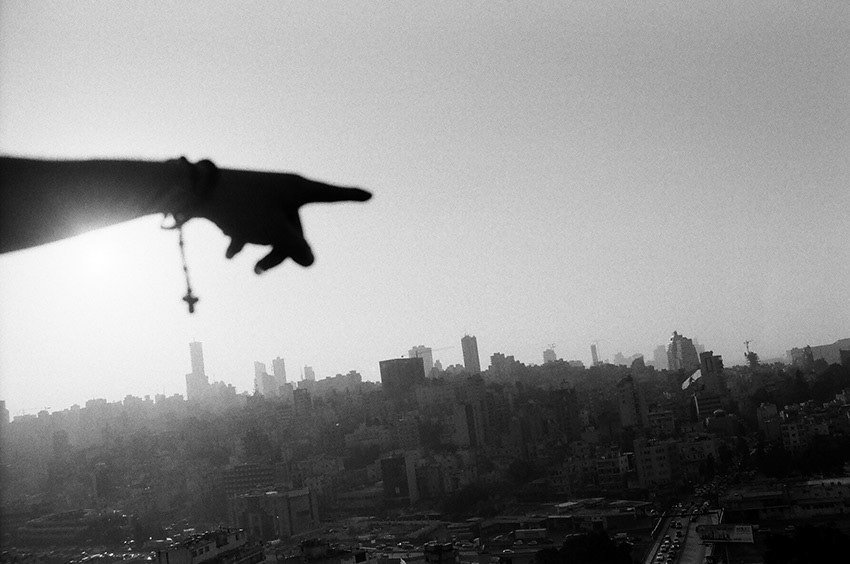Ara Oshagan
How The World Might Be
January 7 – February 5, 2022
Gallery hours: Tuesday – Saturday, 11:00 AM - 5:00 PM
Opening Reception | January 15, 4 - 8 pm
Virtual Artist Talk with Art Historian Adriana Tchalian | January 29, 2 pm
In-person Artist Reception | February 5, 2 - 6 pm
Los Angeles, December 9, 2021 – Tufenkian Fine Arts is thrilled to present, How The World Might Be, a solo show featuring artworks by Los Angeles-based photographer and installation artist Ara Oshagan. Oshagan will exhibit four series/projects, a film and an installation that weave together the artist’s interests in diasporic possibility, legacies of dispossession, and (un)imagined futures. The exhibition will run from Friday, January 7th, and will be on view through Saturday, February 5th. The opening reception will take place on Saturday January 15 from 4 – 8 pm and will include the launch of Oshagan’s book “displaced.” We are excited to announce that this will be Oshagan’s second solo show with the gallery.
Oshagan is interested in the exploration of the ambiguities of his own identity and the crossing of physical, cultural, and linguistic boundaries. The artist lives and works directly amongst disrupted and marginalized communities which he seeks to document and explore through his work. In How The World Might Be, Oshagan employs photography, film, collage and installation to present a layered and multi-disciplinary vision that weaves a narrative intertwining documentary with the imaginary, text with image, fact with speculation, personal with collective history. How The World Might Be entangles past-present-future and imagines the possibility of what was and what might or might not be.
Ara Oshagan’s first project in the exhibition is a collaborative photography/literature project and book with preeminent diaspora author Krikor Beledian. “displaced” is a riff on diasporic memory, displacement, and the ambiguities of narrative and reflects on the diasporic spaces of Beirut and its attendant multi-generational legacies of violence and unending dispossession, focusing on the Bourj Hammoud enclave. “displaced” is published by Kehrer Verlag in Germany and will be launched at the exhibition opening. Beledian’s text is translated by Taline Voskeritchian and Christopher Millis and is the author’s first major work to appear in English. The project is supported by the Gulbenkian Foundation.
Oshagan’s “Beirut Memory Project" series reflects upon on the artist’s relationship to the Lebanese civil war, an intervention of history that created a deeply personal and communal rupture. The digital collage series that the artist made in response to this conflict is an image-based speculation on healing this dislocation. It disrupts the fabric of the present-day (photographs in black and white) with images of pre-war family and community (in color). Structurally, the work is seen from today while embedding in that matrix what came before: a construction that looks back across a divide, across decades of rupture, absence, war, memory, and loss.
The artist’s next series, titled, “The Shushi Portraits”, is a response to the re-colonization of Artsakh. Following the invasion of indigenous Armenian region of Artsakh by Azerbaijan in November 2020, Shushi, a historically Armenian town and the cultural center of the region found itself devoid of any indigenous inhabitants and occupied by a foreign state. The portraits of former Shushi residents foreground pages from ancient Armenian illuminated manuscripts the Armenian highlands that span centuries. The work imagines an arc of invisible history connecting the two: the ancient codex and embedded narrative re-contextualizing the deracinated present, keeping aloft a community, re-generating the indigenous moment.
Addressing similar issues of colonization, the artist's next series, "The Artsakh Scrolls", collects the scattered fragments of the now-deracinated community of Artsakh Armenians into a panorama of life and possibility. The work is a digital collage comprised of cutouts extracted from Oshagan’s photographic series, “FatherLand”, from Artsakh before colonization. The work creates a historic arc from the 1915 Catastrophe to the one still unfolding today. Contextualized by this history of genocide and violence against the Armenian highlands, the work also speaks to a cyclical panorama of history that ebbs and flows where resistance and de-colonization are still possibilities.
Collaborating further with Krikor Beledian, Oshagan builds a temporary monument to the Western Armenian language. The immersive installation is comprised of multiple scrolls containing Beledian’s handwriting from the text for “displaced.” For the past several decades Beledian has been writing almost exclusively in Western Armenian, a language currently on the UN endangered list. The installation is an ode to his work and a monument to the future unvanishing of the language. The exhibition also includes a 3-channel film which attempts to de-exile and recover the language’s fragments. It is researched and imaged in one of Western Armenian’s last bastions: the small neighborhood of Bourj Hammoud in Beirut, Lebanon.
Part of the proceeds from this exhibition will be donated to “Healing Artsakh” to help displaced families in Artsakh.
Tufenkian Fine Arts
216 S. Louise Street
Glendale, CA 91205
